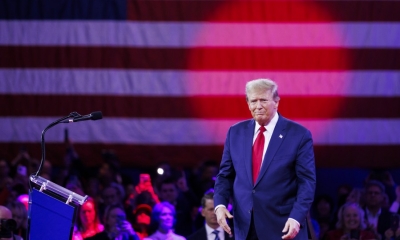Xi-Biden Meeting Raises Questions over Washington’s China policy
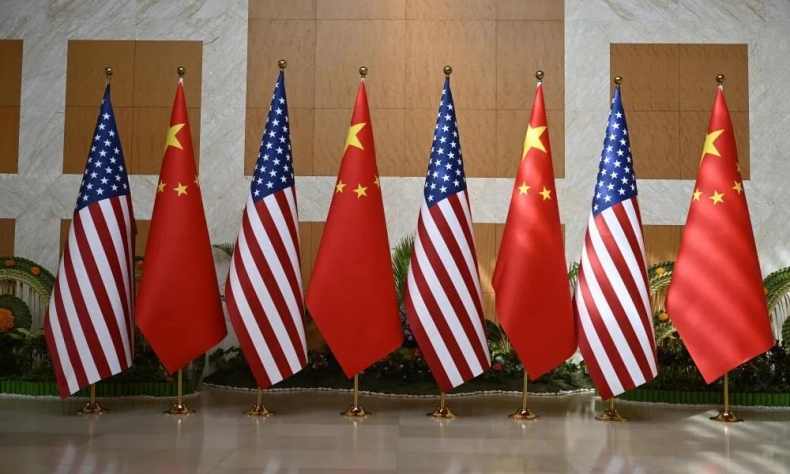
While the atmospherics of the Xi-Biden meeting in Bali are pleasant enough, it remains to be seen what the U.S. side will do in terms of concrete actions to reduce tensions and improve relations.
Now that the Xi-Biden meeting at Bali has taken place questions remain. Will the U.S. drop its New Cold War and demonstrate concretely that it seeks to improve relations? Can Washington adopt and adhere to the principles of peaceful coexistence?
At Bali, both sides strove to create a positive atmosphere. But, frankly speaking, the rhetoric boiled down to a polite restatement of well-known positions often expressed in the past. The issue is, however, about the future of relations as to deeds and not words.
Presently, relations between the two countries are almost at rock bottom. Fifty years after the historic Nixon opening to China in 1972, politicians in both parties in Washington take hostile positions against China. President Joe Biden continues the negative China policy of the Obama and Trump administrations and has considerably sharpened its edge.
Will Bali atmospherics translate into substantive foreign policy change in Washington? That remains to be seen. Skeptics doubt it with good reason, some would say. Time will tell although Biden has just two years remaining in his term if he continues in place despite health issues.
Obama and the New Cold War
How did U.S.-China relations hit the present low level? The process involves the New Cold War that was an elite U.S. consensus in 2005 that has since driven the policies of presidents Obama, Trump, and Biden. Biden, of course, was intimately involved with the Obama foreign policy when he served as Vice President.
The elite U.S. bipartisan foreign policy consensus of 2005 emerged from a series of meetings of officials and various experts. The proceedings were led by former Republican secretary of state George Schultz (1982-1989) and former Democrat national security advisor Anthony Lake (1993-1997).
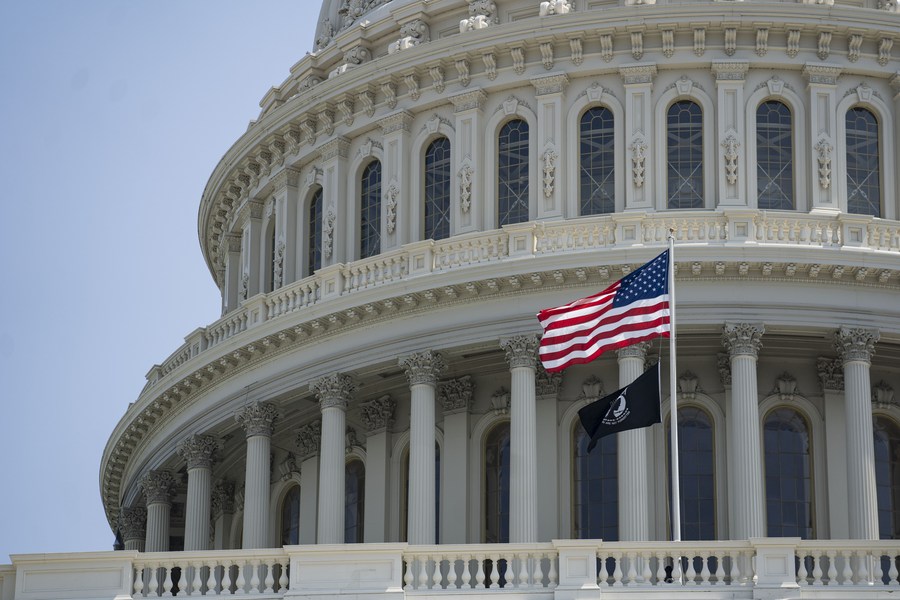
The fundamental consensus was that the old Cold War needed to be updated given the rise of China and the return of Russia. The update involved maintaining the Cold War bloc system. The old formula of the “Free World” versus the “Communist” world was replaced by the new formula of “Democracies” versus “Autocracies”. Both formulas were ideological constructs but also had a strategic dimension.
The strategic dimension of both the old and the new Cold War is containment of the Eurasian landmass by land and by sea. The Obama “pivot” signaled the military aspect and the shift of additional U.S. military forces into the Pacific. Obama diplomacy conducted by Hillary Clinton followed the 2005 elite consensus and led to Washington’s diplomacy to construct a U.S.-Japan-Australia-India alignment against China.
This strategic alignment against China became known as the “Quad”. As a result of the 2005 meetings and consensus noted earlier, then Japanese Prime Minister Abe announced his “Diamond” strategy which was his name for what became the Quad. Several Japanese officials and academic experts had participated in the elite foreign policy meetings in the U.S.
Trump adds to the New Cold War
The Trump administration introduced new elements to the updated Cold War. The two key elements of the update were the trade war and the tech war. The first involved tariffs. The second involved restrictions on high technology exports to China.
The addition of key economic policies addressed against China was the principal feature of the Trump China policy. Naturally, it triggered a response from China and led to significant deterioration of relations.
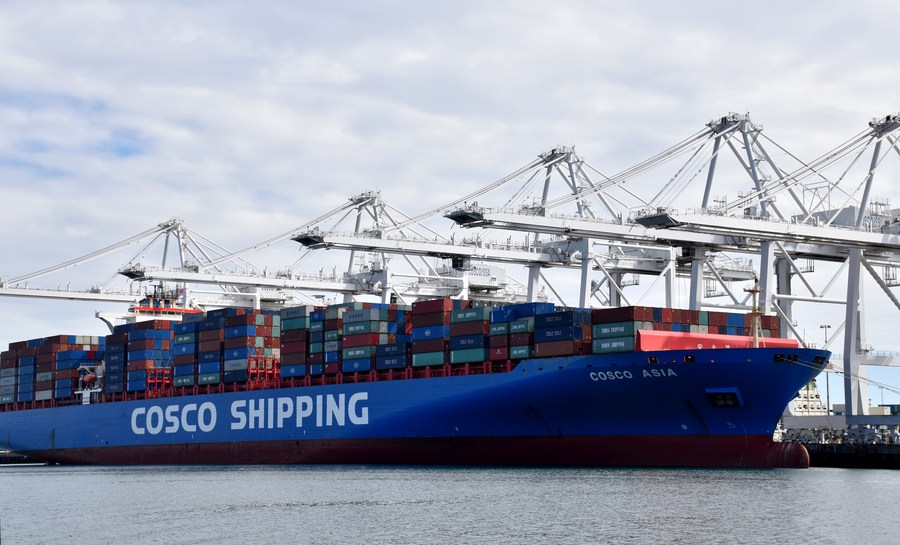
Washington politicians attempted to justify the harsh new policy under the banner of “Democracy”.
Trump’s Vice President Mike Pence gave a stinging major speech to a Washington think tank denouncing China for not changing its economic and political development model as expected by the U.S. and the West. The point Pence made was that changing China’s development model to a Western neo-liberal model would have led to “Democracy” along Western lines. Such thinking is, of course, delusional.
Biden steps up the New Cold War
The Biden administration continued the Obama military “pivot” to the Pacific and maintained the Trump trade and tech war. The tech war recently was intensified significantly by Biden focusing on the semiconductor issue. Biden’s stated intent is to limit China’s economic development in which semiconductor technology plays an important role. Other sectors of Chinese high tech will be addressed, the Biden administration says.
In addition to such economic containment, the Biden administration moved forward on military containment by developing the Quad and also introducing the Australia-United Kingdom-U.S. (AUKUS) strategic alignment which has a nuclear weapons and dimension in the form of submarines and strategic bombers.
Further Biden actions against China include stepped up political, diplomatic, and military support for Taiwan island. From Beijing’s point of view, this involves challenging China’s Red Line on Taiwan and they have made this clear to Washington.
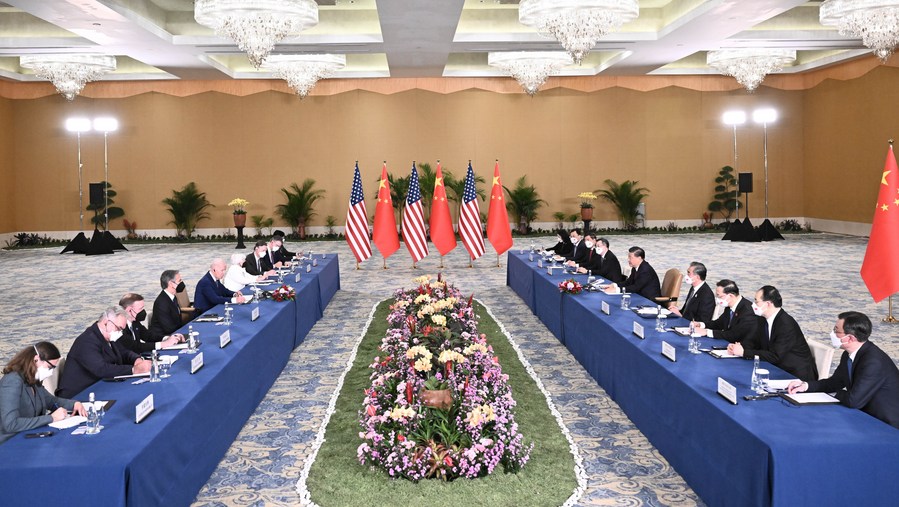
Bali meeting needs results
While the atmospherics of the Xi-Biden meeting in Bali are pleasant enough, it remains to be seen what the U.S. side will do in terms of concrete actions to reduce tensions and improve relations.
Will the U.S. side end the Trump-Biden trade and tech war? So far, Biden has sharpened it and there are official indications that the administration intends to go much further by expanding beyond semiconductors.
Will the U.S. side end the increased political, diplomatic, and military support for Taiwan island?
Will the U.S. side end its ideological crusade involved in the “Democracies” versus “Autocracies” crusade?
Will the U.S. drop its information war campaign against China involving Xinjiang and Tibet?
Will the U.S. drop its hostile attitude toward people-to-people exchanges involving students, academics, and cultural activities?
There are many questions to be asked about the intent of Washington’s China policy. Time will tell, of course. The world is watching for concrete actions that reduce tensions and improve U.S.-China relations.
In the interest of world peace and development, not to mention long range U.S. national interests, the Biden administration must change significantly its course and drop the New Cold War against China. The Biden administration must seek what traditional diplomacy calls a “modus vivendi” with China in the form of peaceful coexistence.
The article reflects the author’s opinions, and not necessarily the views of China Focus.
 Facebook
Facebook
 Twitter
Twitter
 Linkedin
Linkedin
 Google +
Google +





